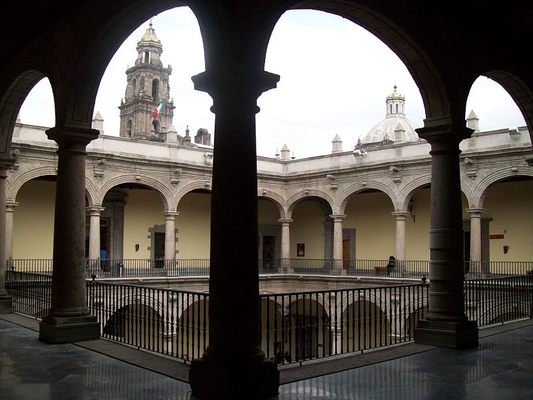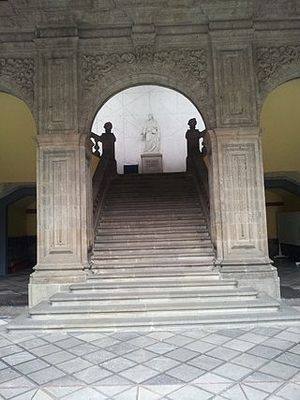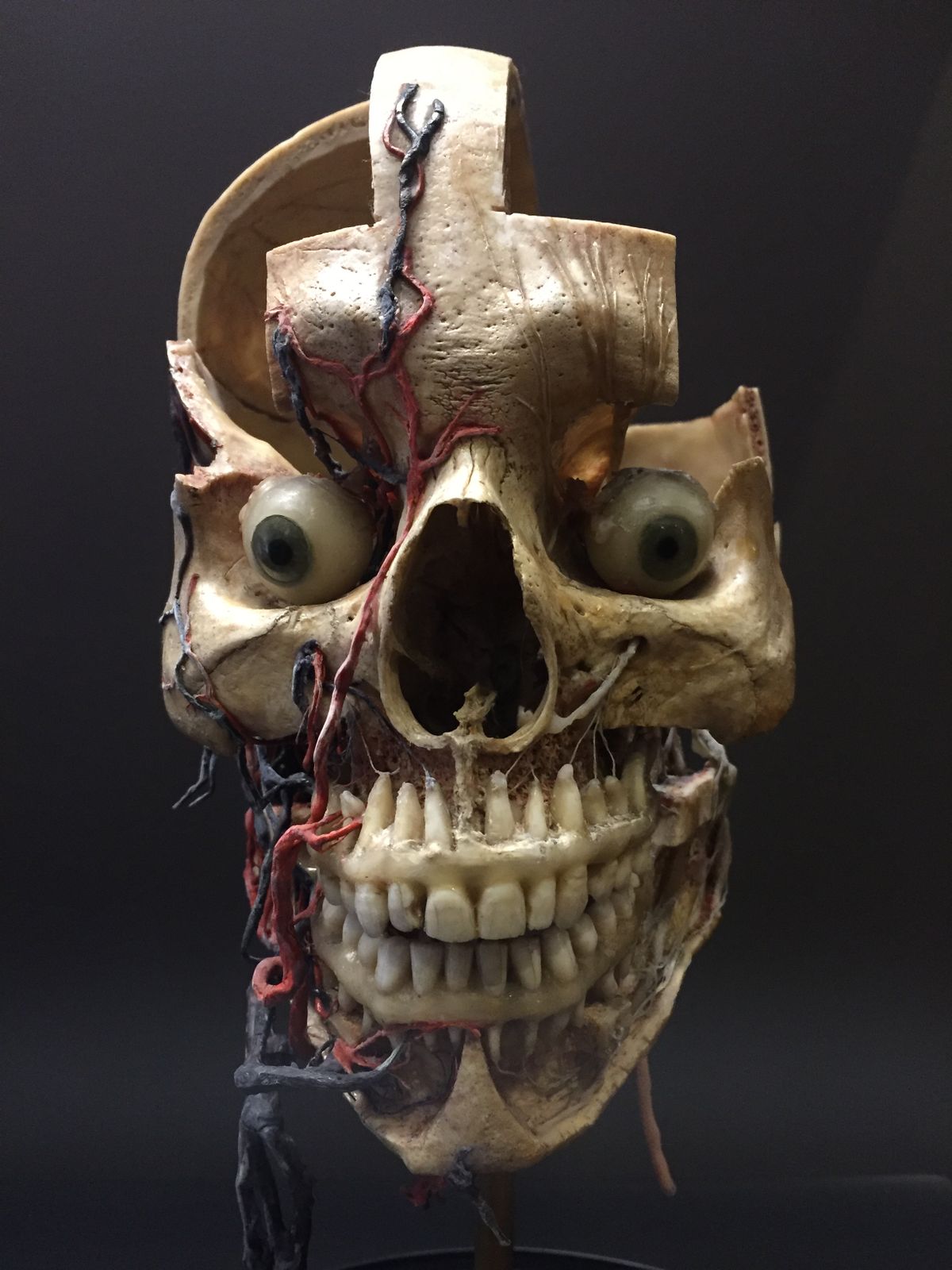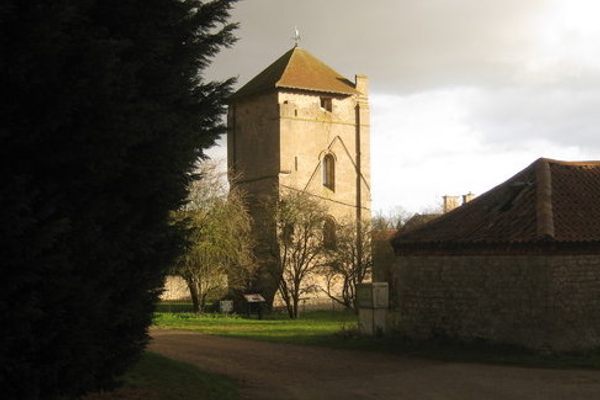About
Built early in the history of the Mexican colony, in 1566, this palace was the headquarters of the Spanish Inquisition in what was then called New Spain. The Baroque building that stands today was built on the foundations of the original site in the early 18th century, but it is, of course, its sinister history that is the real attraction here. Indeed a visit to the historic center of Mexico City would be incomplete without having glimpsed this infamous edifice that once spread a reign of terror throughout the country.
Here, the "enemies" of the Christian faith were brought through the imposing doors to be imprisoned and tortured. They were often sentenced to death by being hung, drawn, and quartered or burned at the stake. The jail of the palace was known as "Of Perpetuity" to the inhabitants of Mexico City, because very few of those who were imprisoned within its walls left the building alive.
The groups targeted by the Inquisition included the growing community of Spanish ex converso-Jews believed to have reverted from Christianity back to Judaism; women accused of practicing "witchcraft;" and the many rebels who sought political reform or independence from Spain. Other victims targeted sporadically were a few brave scholars who proposed the separation of science from religion or who committed the "misdeed" of teaching controversial and "heretical" subjects that contradicted established religious teachings, as well as those accused of spying for the rival colonial powers of Portugal, France, Holland, and England.
By the end of the 18th century, the power of colonial Spain was waning in Mexico and in 1820 after the defeat of the Spanish armies in the bloody war of independence, Mexico was declared a sovereign nation. When it was closed, the chronicles say that people left crying while saying "God is going to punish us."
Due to its dark past, the palace was extremely unpopular in post-independence Mexico and the building was subsequently abandoned and left to stand derelict for many years. No one was willing to buy the building in auctions and when it did finally sell almost two decades later, it was purchased for the minimum price possible by an archbishop.
The building passed through several hands over the years that followed and was used as a lottery office, a boarding school, and a soldiers barracks before somewhat ironically becoming the National School of Medicine in the 1850s. Today it is still used by the school and also houses a museum where you can see exhibits relating to the history of medicine in Mexico.
Related Tags
Know Before You Go
You can find the main portal of the former Palace of the Inquisition on the corner of the streets República de Brasil and República de Venezuela in the historic center of Mexico City. It's a large and distinctive building, so you can't miss it. There is also a large courtyard to the back. The building is now home to the Museum of Mexican Medicine.
NEW - Yucatan: Astronomy, Pyramids & Mayan Legends
Mayan legends, ancient craters, lost cities, and stunning constellations.
Book NowCommunity Contributors
Added By
Published
October 23, 2018




























